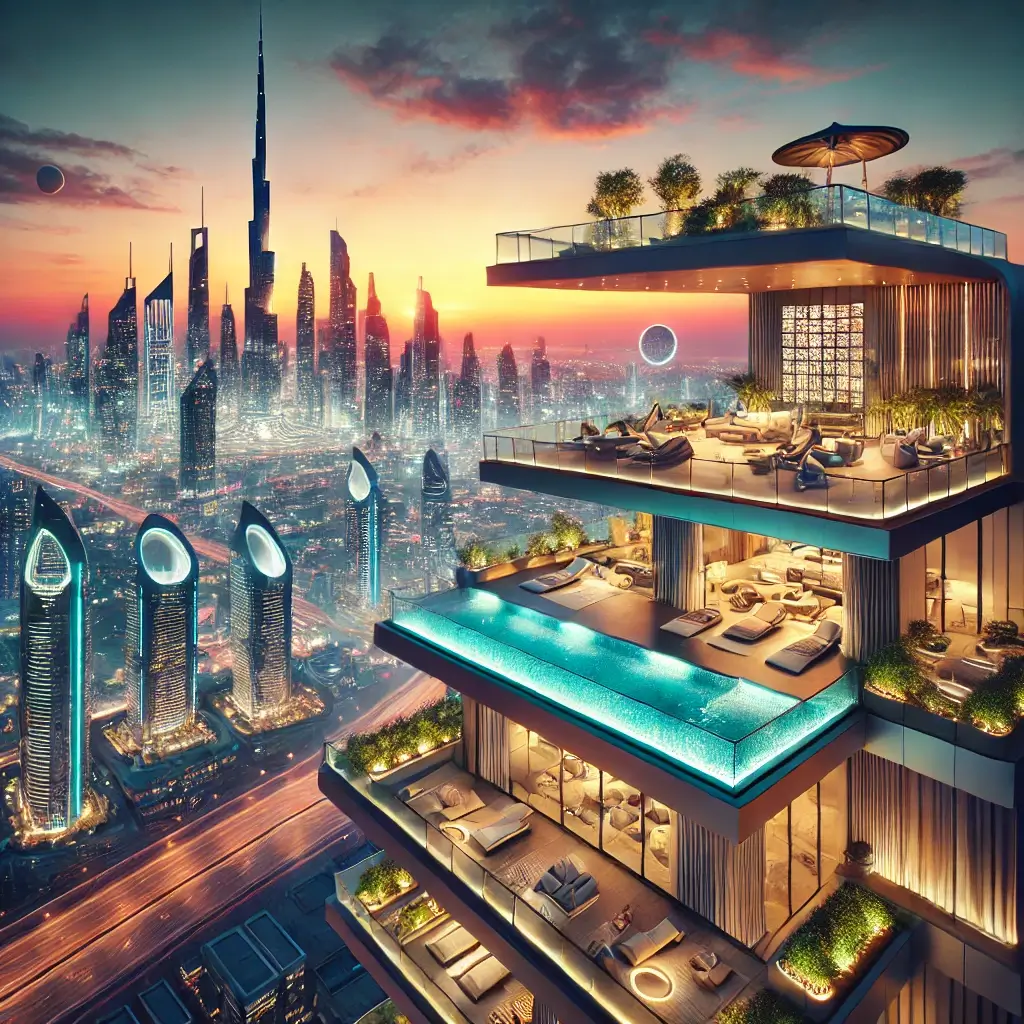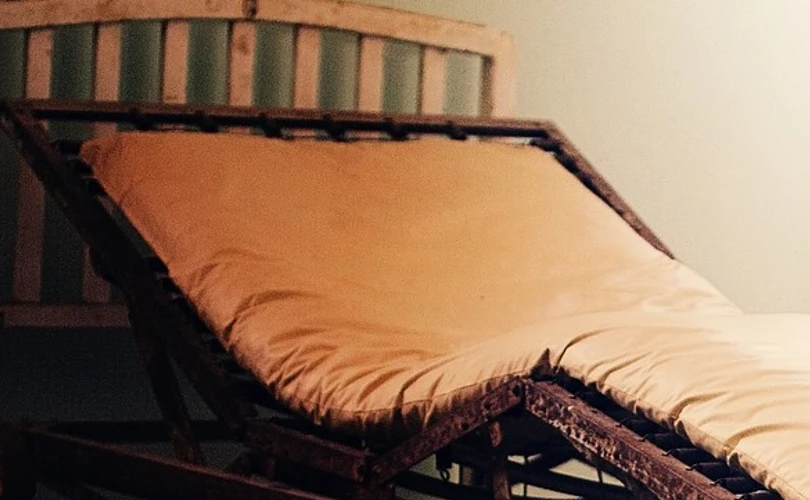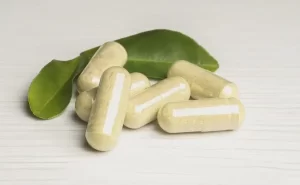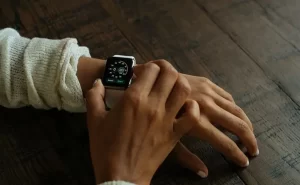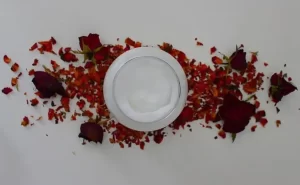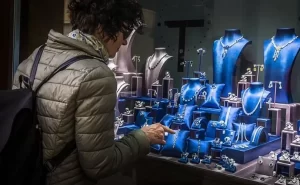LEED Platinum to Living Building Challenge: The New Standards Driving Luxury Real Estate Growth
The Rise of Sustainable Luxury in Real Estate
The luxury real estate market is entering a new era, one where environmental stewardship stands shoulder to shoulder with opulence and exclusivity. As global priorities shift toward sustainability, the demand for properties that exemplify green living is skyrocketing. According to the Knight Frank Sustainable Luxury Property Report (2024), green-certified properties not only command significant price premiums—up to 55% in some cases—but also demonstrate superior market performance in terms of sales velocity and long-term appreciation. This shift is reshaping the landscape of luxury real estate, compelling developers, investors, and buyers to rethink what constitutes true value in this sector. In this article, we explore the multifaceted impact of green certifications, the innovations propelling their adoption, and the strategic opportunities they present.
The Evolution of Luxury Real Estate
Luxury properties have historically been defined by their aesthetic appeal, location, and exclusivity. However, today’s affluent buyers are demanding more. Environmental performance, resource efficiency, and wellness-focused features have become integral to the definition of luxury. Green certifications like LEED and the Living Building Challenge have emerged as benchmarks of this new standard, offering both tangible and intangible benefits.
LEED Certification: Properties achieving LEED Platinum status enjoy market premiums of 35-45%, reflecting their alignment with modern consumer values (Knight Frank, 2024).
Living Building Challenge: With a premium range of 45-55%, this certification exemplifies the pinnacle of sustainable luxury (Morgan Stanley, 2024).
Beyond price premiums, these certifications enhance a property’s operational efficiency, reduce its environmental footprint, and provide a healthier living environment, making them particularly attractive to discerning buyers.
Innovative Practices in Sustainable Development
The adoption of cutting-edge technologies is central to the success of green-certified luxury properties. Key innovations include:
Smart Energy Solutions: Solar panels with integrated battery storage, geothermal systems, and energy-efficient building automation systems significantly reduce operational costs while enhancing sustainability (USGBC, 2024).
Water Efficiency: Advanced systems for rainwater harvesting, greywater recycling, and smart irrigation optimize water usage, reflecting a commitment to conservation.
Sustainable Materials: Developers are increasingly using reclaimed wood, low-emission materials, and locally sourced finishes to create luxury properties that are as eco-friendly as they are elegant.
Market Drivers: Regulation and Consumer Demand
The rise of sustainable luxury is driven by both regulatory and consumer forces. Governments worldwide are implementing stricter building codes and carbon neutrality goals, making sustainability a necessity rather than a choice.
Regulatory Push: Policies like the EU’s Energy Performance of Buildings Directive and the U.S. Inflation Reduction Act’s green incentives are accelerating the adoption of certified developments (World Green Building Council, 2024).
Consumer Trends: A growing demographic of wealthy, environmentally conscious buyers is seeking properties that align with their values. These consumers view green certifications as a mark of both social responsibility and long-term value.
Real-World Success Stories
Case studies from across the globe highlight the transformative impact of green certifications on luxury real estate:
Los Angeles: A LEED Platinum-certified development achieved a 50% faster sales cycle compared to non-certified competitors, underscoring the strong buyer preference for sustainability (Journal of Sustainable Real Estate, 2024).
Singapore: As a global leader in sustainable urban development, Singapore’s luxury real estate market showcases the profitability of integrating green practices. Certified properties here command some of the highest premiums globally.
Strategic Insights for Stakeholders
Developers, investors, and buyers all stand to gain from understanding and leveraging the dynamics of sustainable luxury. Key strategies include:
Prioritize High-Impact Certifications: Focus on achieving certifications like LEED Platinum and the Living Building Challenge to maximize market premiums.
Embrace Technological Advancements: Invest in systems that enhance energy efficiency, water conservation, and overall sustainability.
Target Key Markets: Focus on regions with strong regulatory support and consumer demand for green-certified properties.
Conclusion
Sustainable luxury is more than a trend; it is a movement that is reshaping the luxury real estate market. Green certifications not only enhance property values but also reflect a broader commitment to environmental and social responsibility. As buyers and investors increasingly prioritize sustainability, certified properties offer a unique opportunity to align financial success with ecological stewardship. The future of luxury is green, and those who adapt to this paradigm shift stand to lead the market for years to come.
References
Knight Frank Sustainable Luxury Property Report 2024
Morgan Stanley Luxury Real Estate Analysis 2024
USGBC LEED Market Impact Study 2024
Living Building Challenge Performance Review 2024
Environmental Building News Analysis 2024
Journal of Sustainable Real Estate 2024
World Green Building Council Market Report 2024
Urban Land Institute Green Building Study 2024
